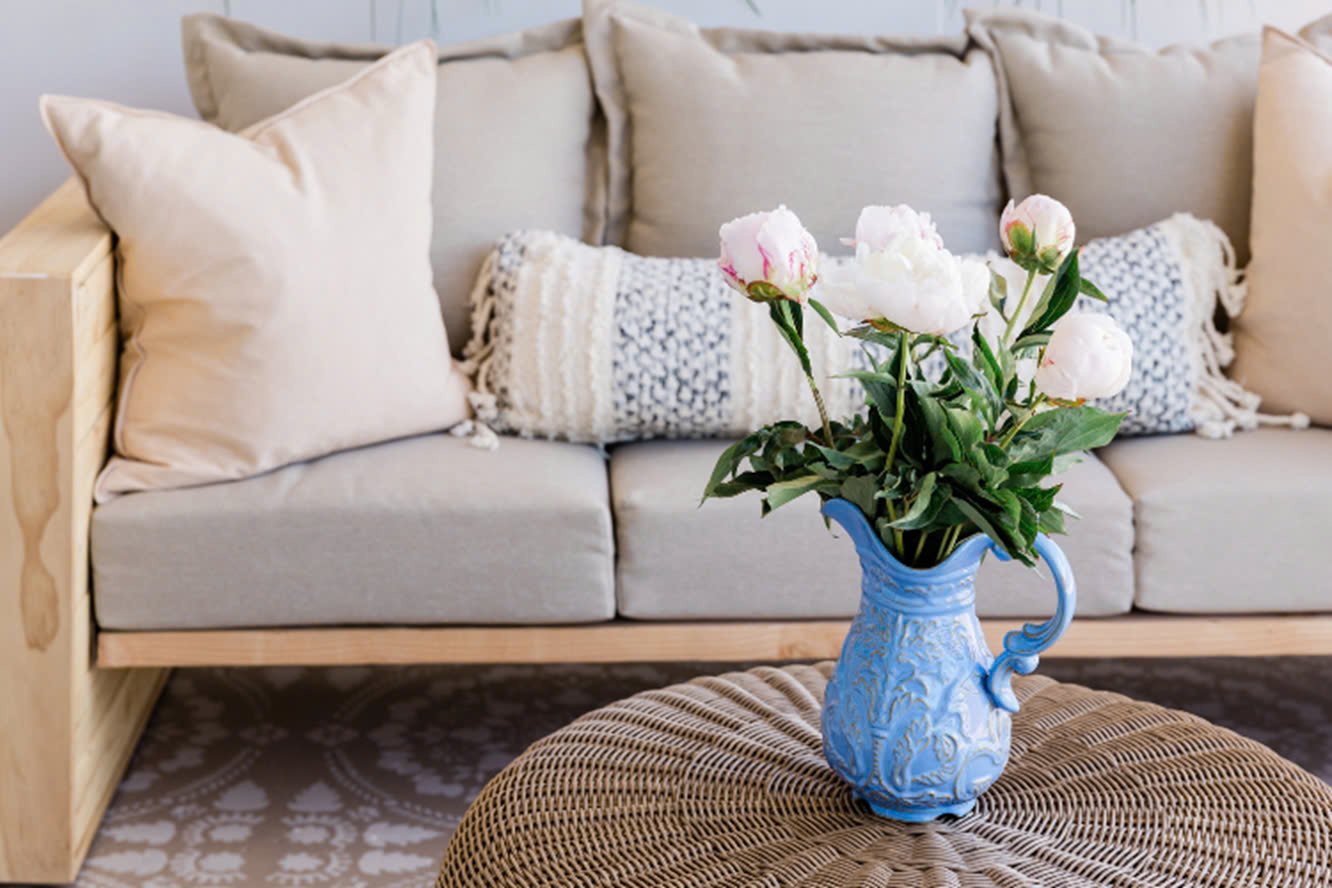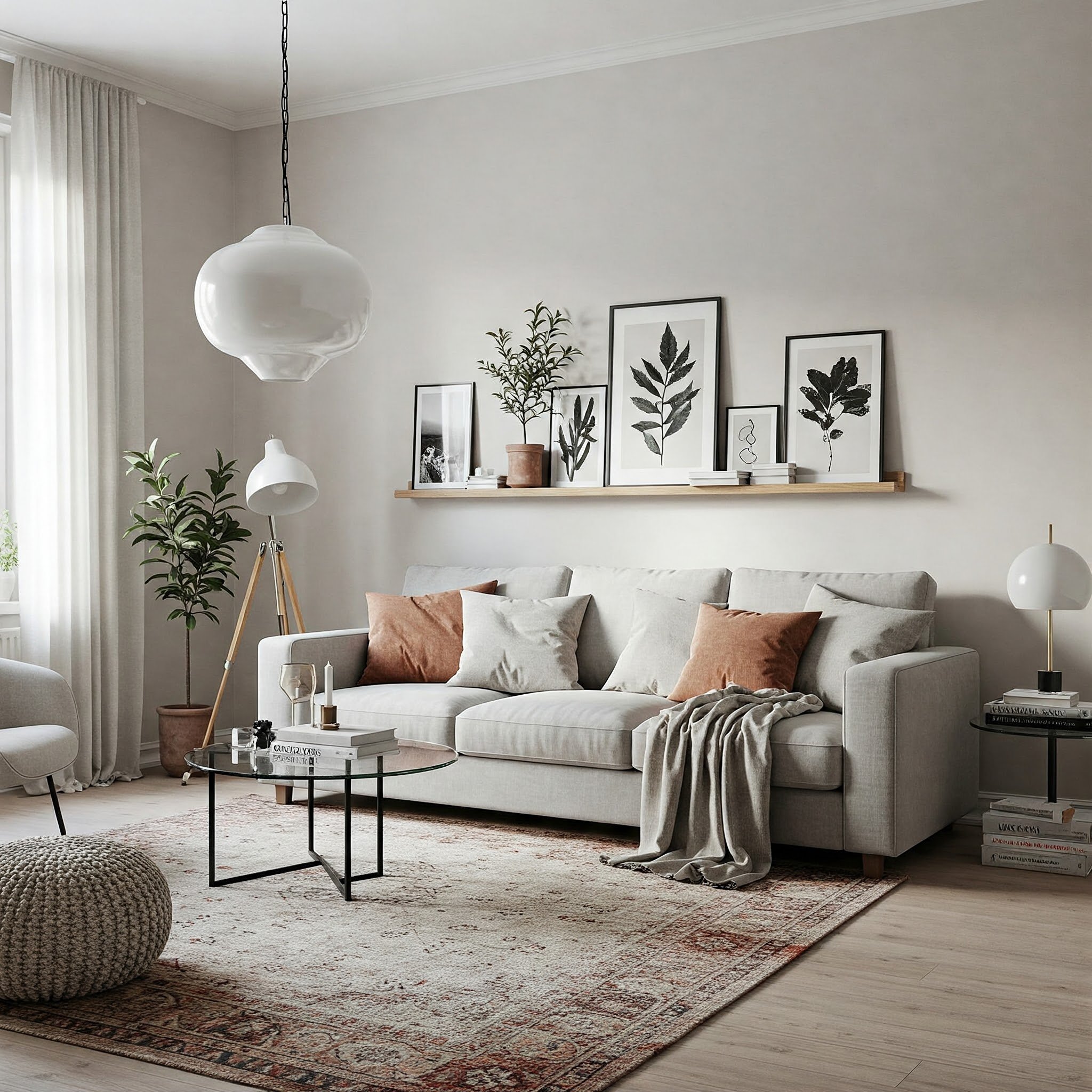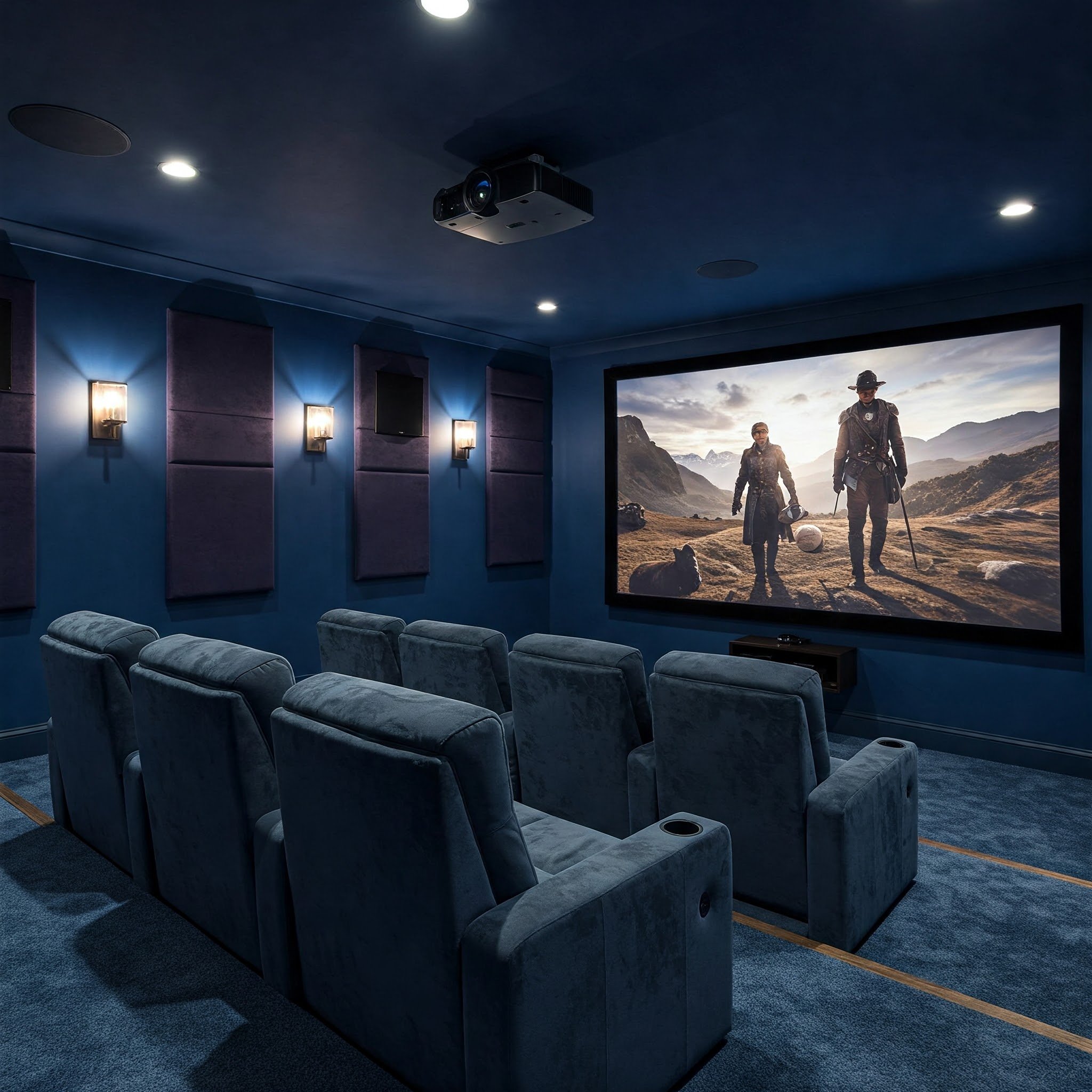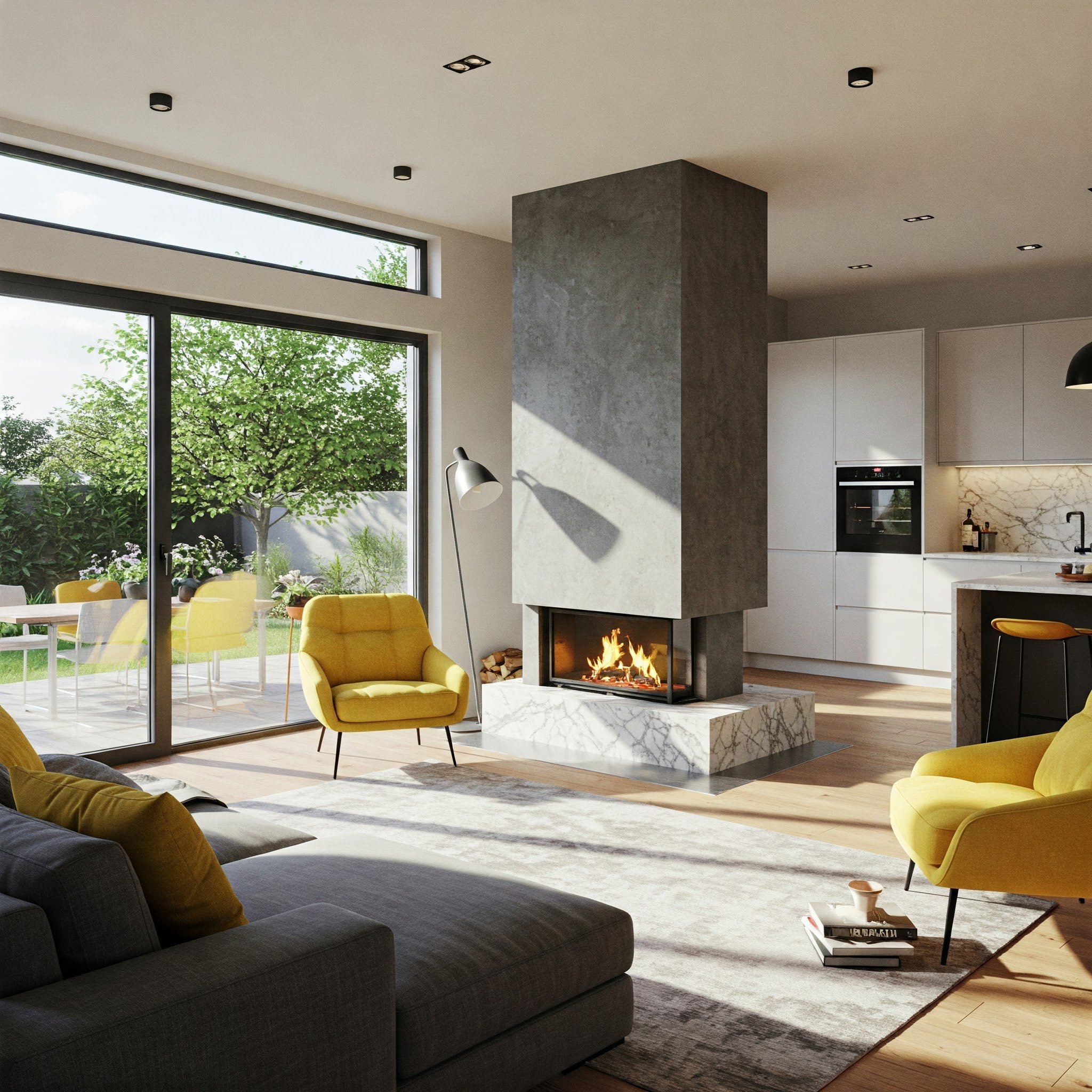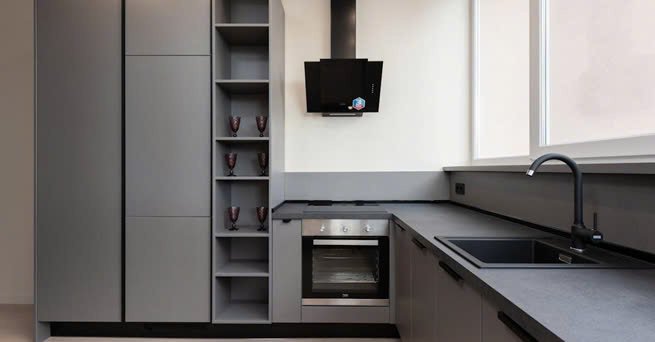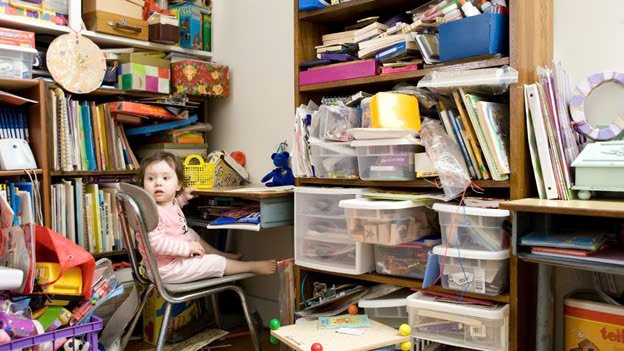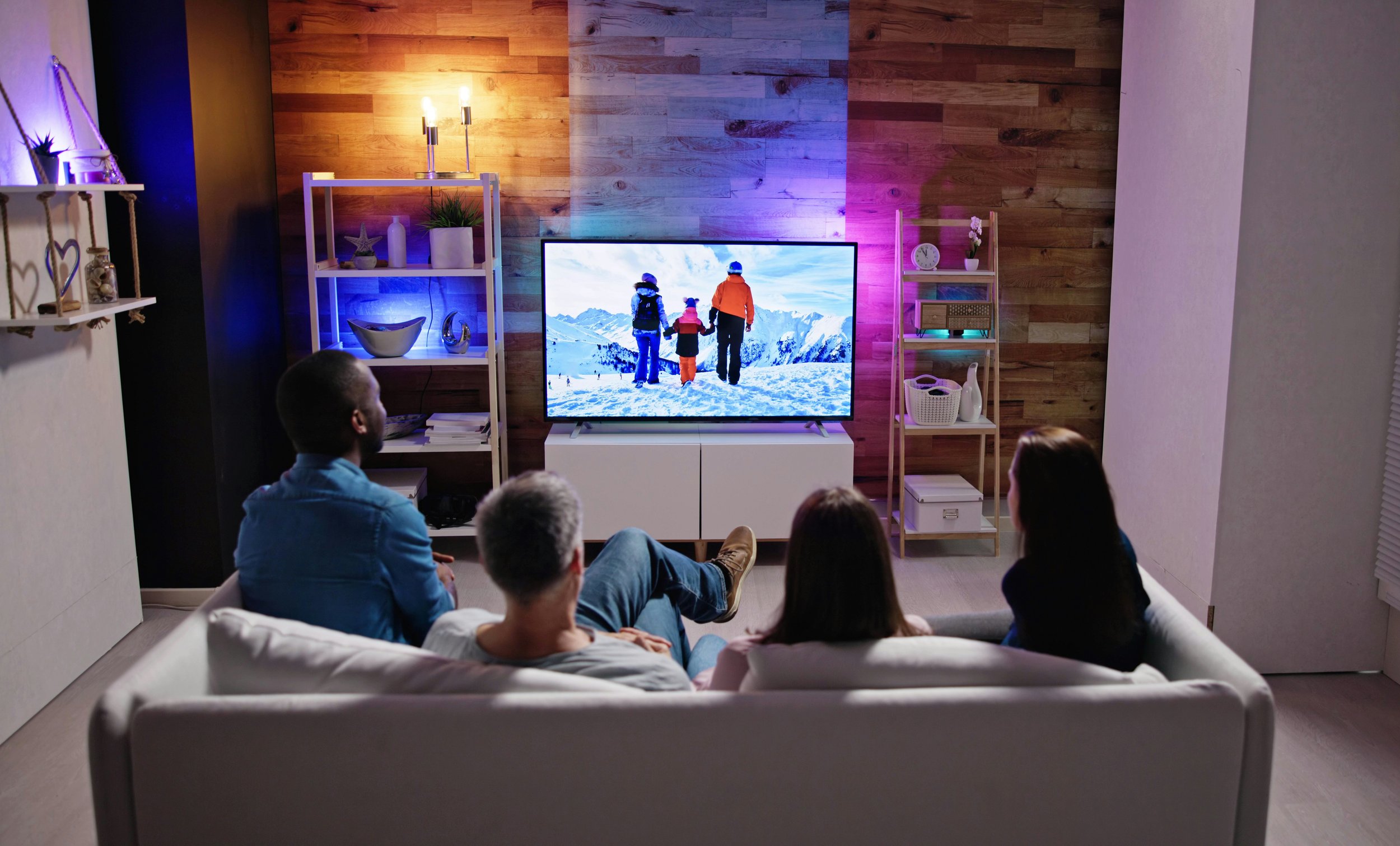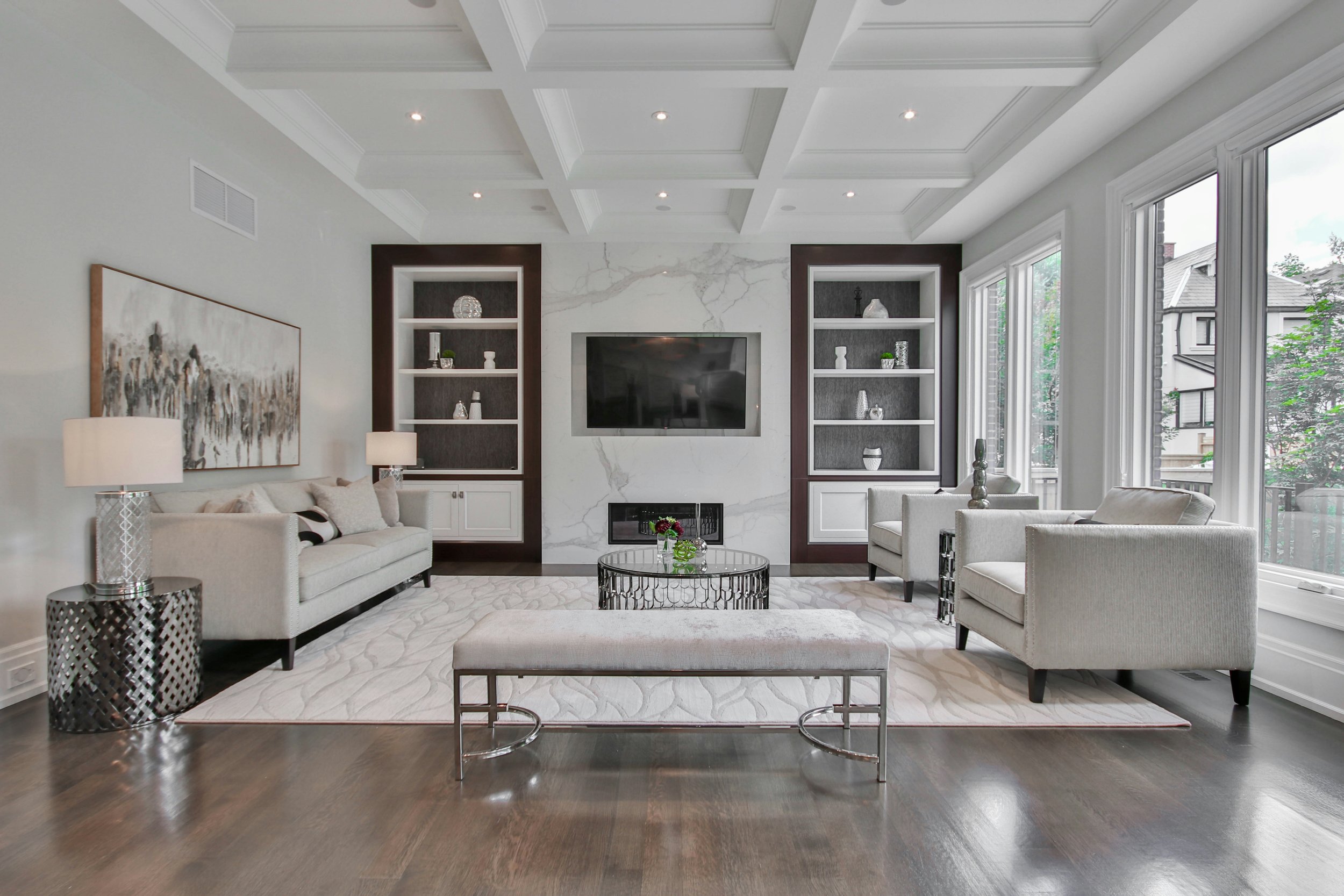8 Creative Ways to Redesign Your Parents' Home for Comfortable Aging
Explore 8 creative ways to redesign your parents' home, enhancing comfort, safety, and accessibility for aging in place with style and ease.
As your parents grow older, creating a comfortable and safe living environment can be of top importance for their well-being, just as much as other significant changes that often happen around the same time, like retiring and applying for Medicare.
Medicare can be a stressful process on its own and takes time to research and learn. Helping your parents redesign their home can help alleviate stress and allow them to focus on important things such as applying for Medicare. You can read more about applying for Medicare at https://boomerbenefits.com/how-to-apply-for-medicare-a-step-by-step-guide/ to help them through that phase in their lives too.
Redesigning a home to accommodate a senior's changing needs after retirement is a thoughtful way to support their independence and improve their quality of life. But redesigning their home to be more age-friendly doesn't have to sacrifice style or comfort. With some creativity, you can transform their space into a safe, functional, and aesthetically pleasing haven. Here are eight creative ways to redesign your parents' home for comfortable aging.
1. Creating Open Floor Plans for accessible navigation
As mobility may become a concern for parents as they age, an open floor plan can be an ideal way to make their home more accessible if they need mobility assistance further down the road. Cluttered spaces or narrow hallways can create obstacles, especially for individuals using walkers, wheelchairs, or other mobility aids.
Removing unnecessary walls or furniture helps create wider paths, allowing seamless movement throughout the home. An open floor plan also fosters a sense of connection with guests. If your parents enjoy having family or friends over, an open setup can ensure everyone is included in conversations, whether in the kitchen, living room, or dining room. Plus, they may find that an open floor plan creates natural lighting, which is important as vision can decline with age.
Here's a tip: If removing walls isn't an option or is too big of a project, you can arrange furniture to maximize open space and provide clear, direct pathways between rooms in the house.
2. Installing Slip-Resistant Flooring for Safety
Falls are among the most common accidents that affect folks as they age. Upgrading the flooring to slip-resistant materials is a simple step that could make a home safer. Consider materials like textured vinyl, rubber, or cork flooring, which all provide excellent grip while also being gentle on joints.
Aside from being safe, slip-resistant flooring comes in various textures and patterns that could enhance a room's style. Cork, for example, is soft on the feet and provides insulation, keeping rooms warmer during colder months. Rubber flooring can be found in various colors to keep with the room's current vibe. It's recommended to avoid rugs or at least make sure they are securely fastened to prevent tripping hazards. If your parents love the look of rugs, consider using non-slip backing.
3. Installing Smart Technology for Ease of Use
Smart home technology can significantly simplify daily tasks and increase security measures for senior parents. From voice-activated systems to motion-sensor outside lighting, smart tech can create a more convenient and accessible home environment while also allowing for peace of mind regarding security measures.
Consider installing smart lighting systems that respond to voice commands or movement, reducing the possibility of fumbling for light switches in the dark. Smart thermostats can also help regulate room temperatures, ensuring a comfortable atmosphere without manually adjusting each time. For added peace of mind, smart security systems allow for remote monitoring and alerts around the clock.
When it comes to deciding which device to buy, choose user-friendly ones. Voice-activated systems like Amazon Alexa or Google Home can control multiple smart devices and help with everyday tasks such as reminders for medications or appointments.
4. Adjustable and Accessible Kitchen Design
The kitchen is often the heart of the home, so a good thing to remember as your parents age is that it remains functional. If the budget allows, you can make kitchen spaces more accessible by lowering countertops and installing easy-to-reach drawers and pull-out shelves. These adjustments would allow aging parents to prepare meals comfortably without overextending or straining themselves.
For an additional step, installing pull-down shelving systems within cabinets would allow items to be brought to a more accessible height. For sinks, consider touchless faucets or lever handles, which are easier to manipulate than knobs. Adding seating areas in the kitchen, like a small table or barstool area, can provide a place to rest while preparing food, reducing the physical demands of standing for extended periods.
5. Bathroom Safety and Accessibility Upgrades
Bathrooms are often where slips and falls occur, so making them safer is paramount when redesigning a house for comfortable aging. But safety doesn't mean sacrificing style! Walk-in tubs, showers without curbs to step over, and grab bars can be incorporated into the design in a sleek, modern way. Opting for grab bars that complement the bathroom's existing hardware, like brushed nickel or matte black finishes, will ensure they blend in rather than stand out.
Walk-in showers with built-in benches or detachable showerheads can likely lead to more accessible and safer bathing. Installing non-slip tiles in the shower and bathroom floor can provide an extra layer of security against slips and falls.
Here's a tip for your bathroom redesign: Consider installing heated floors to add comfort during colder months, and use large tiles with fewer grout lines for an updated, sleek look that's easier to clean.
6. Creating a Relaxing Outdoor Space
While anyone can benefit from having access to a peaceful outdoor area where they can relax, enjoy fresh air, and stay connected with nature, designing an outdoor patio or garden space that is low-maintenance and inviting is a great idea for aging parents. Include comfortable seating with ergonomic designs that support the back and provide easy transitions between sitting and standing.
Making sure walkways in the garden are even, wide, and free of obstacles and using textured, slip-resistant materials for outdoor pathways will help prevent falls. Opting for raised garden beds can provide a practical solution for parents who enjoy gardening but have difficulty bending down or don't want to strain their backs for an extended period.
Creating shaded areas, such as pergolas or umbrellas, to protect against sun exposure will certainly encourage your parents to enjoy their time outside!
7. Multi-Functional Living Spaces
Creating multi-functional rooms can allow your parents to adapt their home to suit their needs as they age. If they have a spare bedroom, it could be turned into a guest room, hobby space, or even an in-home office for light activities or projects!
Adding Murphy beds or fold-out furniture would allow a space to transform based on your parents' day-to-day activities or storage needs. This keeps the home organized and gives them the flexibility to host guests or enjoy their hobbies easily. Adding custom shelving or cabinets will keep hobby supplies and personal items easily accessible while contributing to a clean, clutter-free environment.
8. Proper Lighting for Better Visibility
As vision can decline with age, proper lighting becomes even more important in preventing accidents. Layered lighting, like task lighting under cabinets, reading lamps, and adjustable overhead lighting, will illuminate different areas of the home based on their needs and can be both practical and aesthetically pleasing.
If your parents do not want bright lighting at all times, you can install dimmable lighting to allow them to adjust the brightness depending on the time of day, helping maintain visibility without straining the eyes.
Wrapping up
Designing a home that allows your parents to age in place comfortably doesn't mean turning their space into a sterile, hospital-like environment. With a little inspiring creativity and thoughtful planning, you can transform your parent's home into a beautiful, functional space that supports their independence while keeping them safe.
By focusing on accessibility, safety, and ease of use while also considering aesthetics and comfort, these eight creative home-redesign tips will ensure your parents' home remains a welcoming and enjoyable place to live for years. Incorporating technology, adjusting layouts, and making subtle changes to key areas like the kitchen, bathroom, and outdoor spaces will improve their day-to-day living and offer peace of mind to the entire family.
If you're also coordinating in-home care support, it's helpful to stay informed about updates such as the SCHADS Awards 2025, which include revised pay rates and working conditions for care workers. Understanding these changes ensures compliance and helps provide quality care that aligns with current industry standards.





